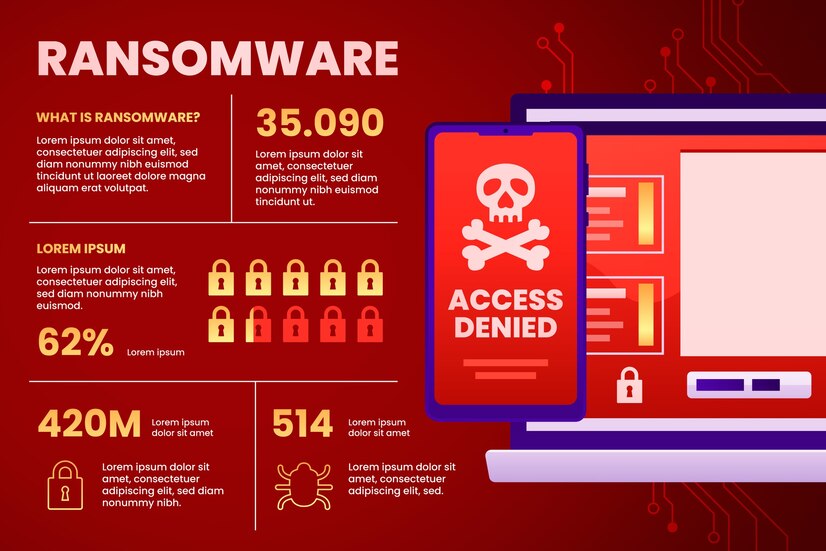Welcome to 2025, where you don’t need to speak “techie” to build amazing software. Thanks to no-code platforms, anyone with a bright idea and a little creativity can launch apps, websites, and workflows without writing a single line of code. If coding sounds like a foreign language (or ancient hieroglyphics), no worries—no-code platforms are here to save the day, and they’re booming like never before.
What Exactly Are No-Code Platforms?
Imagine building a house without ever touching a hammer or saw—just by dragging and dropping walls, windows, and furniture. That’s what no-code platforms do for software. They let you create digital products through visual tools, simple interfaces, and pre-built components.
Why Are No-Code Platforms Taking Over?
There are a few reasons this trend exploded in 2025:
- Democratizing Development: Not everyone is a programmer, but everyone has ideas. No-code empowers entrepreneurs, marketers, and even teachers to create custom tools tailored to their needs.
- Speed: Traditional software development can take months or years. No-code platforms let you build and launch projects in days or weeks—sometimes even hours!
- Cost-Effective: Hiring developers or agencies can drain your wallet. No-code platforms slash costs by putting the power in your hands.
- Flexibility: Want to tweak your app on the fly? No-code platforms make it easy to update and iterate without long development cycles.
Cool Things You Can Build Without Coding
The possibilities are endless. Here are just a few examples:
- E-commerce Stores: Launch your own online shop with payment gateways and inventory management.
- Internal Business Tools: Automate workflows, manage projects, and track sales.
- Membership Sites: Build exclusive communities or learning platforms.
- Event Registrations and Booking Systems: Perfect for small businesses or organizations.
- Mobile Apps: Yes, you can create fully functional apps that run on iOS and Android.
Popular No-Code Platforms to Watch
Some platforms are leading the charge in making no-code mainstream:
- Bubble: For building powerful web apps with drag-and-drop ease.
- Airtable: A flexible database meets spreadsheet hybrid—perfect for organizing data.
- Zapier: Connect your favorite apps and automate workflows without code.
- Adalo: Build native mobile apps without touching code.
- Webflow: Design stunning websites with professional polish.
Is No-Code for Everyone?
While no-code is super accessible, it’s not a magic wand. Complex software with very specific needs might still require traditional coding. But for most startups, small businesses, or anyone experimenting with ideas, no-code is the ultimate game-changer.
Why Businesses Love No-Code in 2025
- Faster Time-to-Market: Launch products quickly to beat competitors.
- Reduced Dependency: Teams can handle software needs internally without waiting on busy developers.
- Innovation-Friendly: Try out new ideas with low risk and high agility.
- Collaboration: Non-technical and technical teams can work together easily.
Challenges to Keep in Mind
Like any tool, no-code has its quirks:
- Scalability: Some platforms struggle with huge user bases or complex logic.
- Customization Limits: You might hit a wall if you need very niche features.
- Platform Lock-In: Moving your app off a no-code platform can be tricky.
The Future: No-Code Meets AI and Beyond
The no-code space is evolving fast. AI-powered no-code tools are helping users generate designs, write content, and even suggest workflows automatically. As AI and no-code combine, expect even easier, smarter software creation—where creativity is the only limit.




